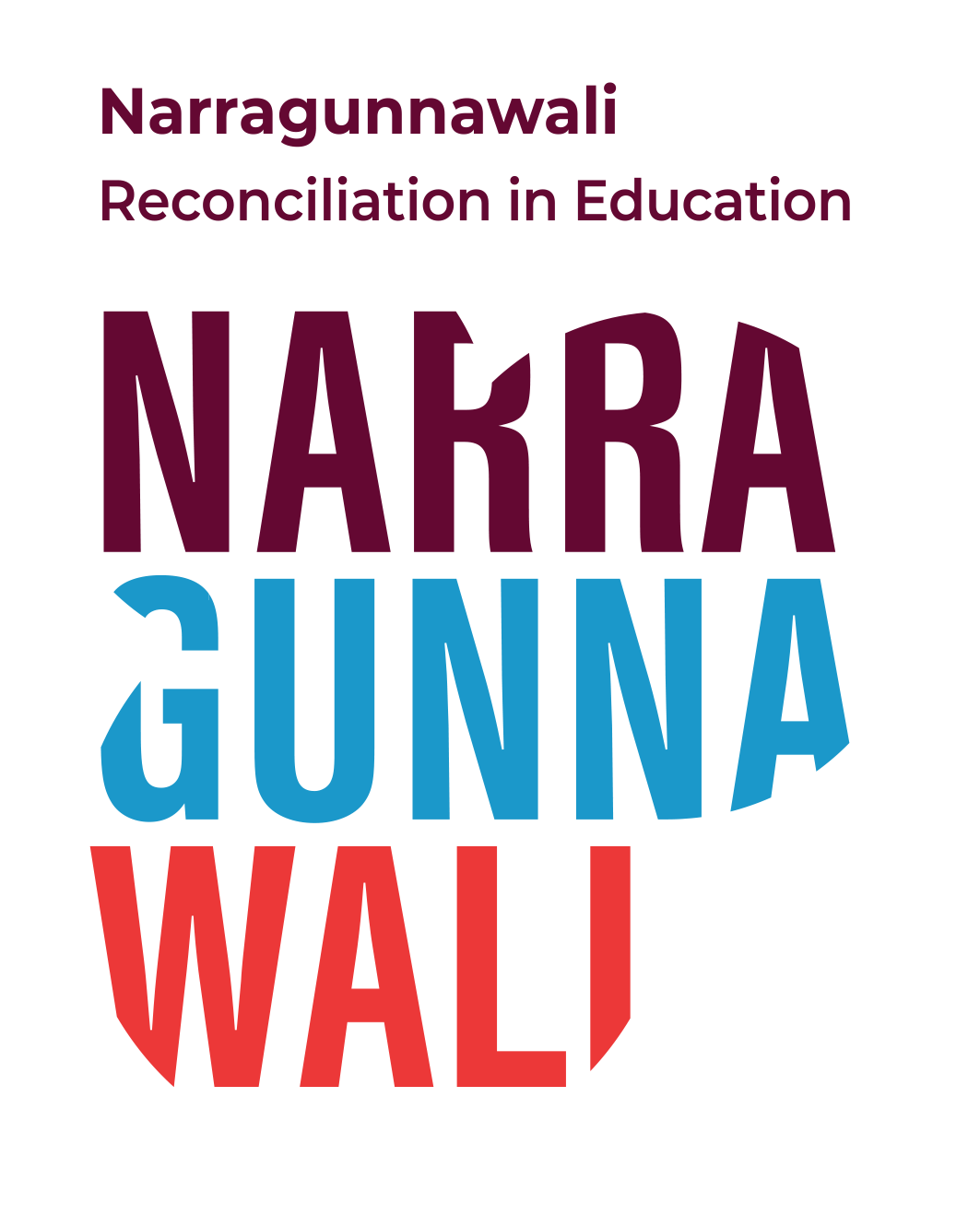Reconciliation in the Media – Indigenous Voices
“Indigenous media is critical to demystifying Indigenous culture and strengthening our identity”
– Former Aboriginal and Torres Strait Islander Social Justice Commissioner Mick Gooda (2012)
Historically, Aboriginal and Torres Strait Islander voices have been largely absent in the mainstream media. This has all too often resulted in inaccurate portrayals and negative stereotypes of Aboriginal and Torres Strait Islander peoples, histories and cultures. In more recent years, guidelines and protocols have been developed by various media organisations such as the ABC and SBS in an important attempt to prevent media racism and to inform and support journalists reporting on Aboriginal and Torres Strait Islander current affairs and issues. Nonetheless, according to the former Aboriginal and Torres Strait Islander Social Justice Commissioner, Mick Gooda, “it’s often complex for mainstream media to portray Indigenous issues accurately and realistically, and sometimes, despite good intentions, this portrayal reinforces damaging stereotypes”.
When reporting stories pertaining to the lives of Aboriginal and Torres Strait Islander peoples and communities, it is vital that Aboriginal and Torres Strait Islander perspectives are included and voices are heard. This is particularly important as the media continues to provide the main source of information about Aboriginal and Torres Strait Islander peoples for non-Indigenous Australians.

Aboriginal and Torres Strait Islander Owned and Operated Media
For over 60,000 years, Aboriginal and Torres Strait Islander stories and knowledges have been communicated across generations through various forms of media and complex knowledge transfer systems (such as, but not limited to, dance, visual art, song and storytelling). Despite the marginalisation of Aboriginal and Torres Strait Islander voices in mainstream media since colonisation, Aboriginal and Torres Strait Islander owned and operated media has continued to be a powerful space for stories to be told from Aboriginal and Torres Strait Islander perspectives.
As just one example, @IndigenousX was established on Twitter in 2012 in response to a “national dialogue [that] was characterised by a consistent lack of awareness, understanding and respect for Indigenous people.” Actively challenging stereotypes, @IndigenousX is “a platform for Indigenous people to share their knowledge, opinions and experiences with a wide audience of interested tweeps.” As part of their 6th Birthday celebrations, @IndigenousX’s Daily Editor, Jack Latimore, published the article ‘Five Figures in the History of First Nations Media You Should Know About’ on BlogX, acknowledging and thanking some of the figures, organisations and publications “that went before us and to whom we continue to owe a great debt of gratitude.”
- Why is it important to engage with a variety of media sources, voices and perspectives, including Aboriginal and Torres Strait Islander perspectives?
- Tune into NITV (channel 24) or read media publications such as the Koori Mail or National Indigenous Times – what kinds of stories are told and how are they similar or different to stories told in the mainstream media?
- Research some of the key figures in Aboriginal and Torres Strait Islander media. What is the history of Aboriginal and Torres Strait Islander media in your local community?
- How might your school or early learning service meaningfully engage with Aboriginal and Torres Strait Islander media?

Including Aboriginal and Torres Strait Islander Voices in Mainstream Media – Sunrise television panel discussion

As well as using respectful and inclusive language in referring to, and reporting on, Aboriginal and Torres Strait Islander peoples, histories and current affairs, it is critical for mainstream media to actively include the voices of Aboriginal and Torres Strait Islander peoples themselves.
A recent panel discussion about Aboriginal and Torres Strait Islander child protection on morning television program, Sunrise, was highly criticised for not including Aboriginal and Torres Strait Islander peoples or perspectives in the initial discussion, and for making “racist and biased commentary of the Stolen Generations”. In the days following the broadcast, protesters that gathered outside the Channel Seven studios which looks out onto Sydney’s Martin Place, were covered up with archival footage. In the fallout from the segment, and after programs like ABC’s Media Watch called for Sunrise to “come back to the issue and debate it properly”, Sunrise conducted another panel to discuss the “complex” and “emotional issue” of child protection in Aboriginal and Torres Strait Islander communities, this time with Indigenous health experts Olga Havnen CEO of Danila Dilba Health Service in Darwin, Indigenous health researcher Dr James Ward, and CEO of the National Aboriginal Community Controlled Health Organisation, Patricia Turner.
At the end of the discussion, Havnen reiterated the importance of ethical and responsible journalism stating “what we need is intelligent, informed discussion and looking for solutions rather than the confected outrage and anger”. Protests continued during Sunrise’s live coverage of the 2018 Commonwealth Games, branding them the ‘StolenWealth Games’. Dale Ruska, a Goenpul Goorie man from Stradbroke Island and nominated spokesperson for the protest group, said that the protests are a continuation of First Nations resistance to British colonisation of the continent.
- How has the media played a role in shaping your understanding and knowledge of Aboriginal and Torres Strait Islander peoples?
- What are the risks of excluding Aboriginal and Torres Strait Islander perspectives when discussing topics pertaining the lives of Aboriginal and Torres Strait Islander peoples?
- Acknowledging that past issues can have longterm, intergenerational impacts, how might an understanding of historical context help us to better understand current events and issues in the media that are relevant to Aboriginal and Torres Strait Islander people and reconciliation?


